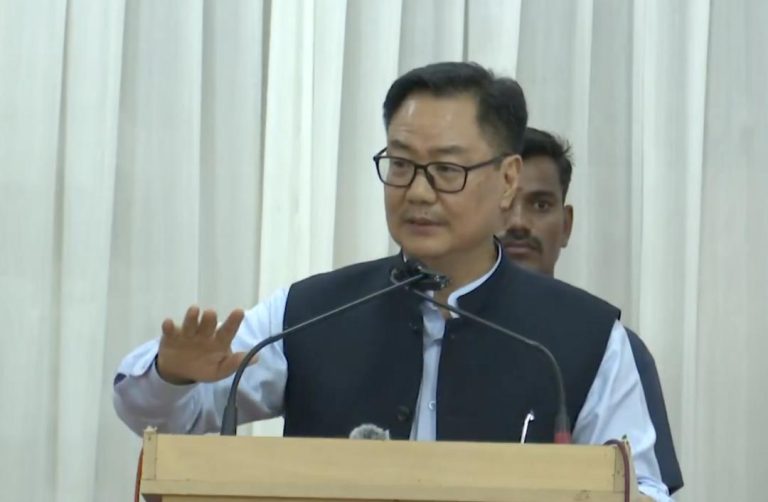
Title: Nehru & Indira drove away Intel from India; it went to China: BJP
In a shocking statement, BJP MP Nishikant Dubey has claimed that former Prime Ministers Jawaharlal Nehru and Indira Gandhi were responsible for driving away semiconductor companies like Intel and Fairchild from India, ultimately leading to these companies setting up shop in China. Dubey’s remarks have sparked a heated debate, with many questioning the accuracy of his claims.
According to a tweet by Dubey, he stated, “It was because of Intel that Silicon Valley developed in America, where more than half of the jobs are held by Indians.” He went on to say that Nehru and Indira Gandhi’s policies drove away these companies, forcing them to move to China. “Nehru and Indira Gandhi drove away Intel and Fairchild from India, and they went to China,” Dubey tweeted.
Dubey’s claims have raised several questions. What exactly did Nehru and Indira Gandhi do to drive away these companies? Was it a deliberate attempt to send them to China, or was it a result of other factors? And what exactly is the connection between Intel and Silicon Valley?
For those who may not be aware, Intel is a leading American semiconductor company that was founded in 1968. Fairchild, on the other hand, was a pioneering American semiconductor company that was founded in the 1950s. Both companies played a significant role in the development of the microprocessor and the computer industry.
In the 1970s and 1980s, Intel and Fairchild were among the leading semiconductor companies in the world. However, in the 1980s, India’s technology industry was still in its infancy. The government’s policies at the time were focused on import substitution and heavy industry, rather than promoting the IT sector.
It is possible that Nehru and Indira Gandhi’s policies may have created an unfavorable environment for foreign companies like Intel and Fairchild to set up shop in India. The government’s focus on heavy industry and import substitution may have made it difficult for these companies to operate in India.
However, it is also important to note that the reasons why Intel and Fairchild left India are likely to be more complex and nuanced. The departure of these companies may have been due to a combination of factors, including the lack of infrastructure, skilled labor, and government support.
In the 1980s, China was beginning to open up its economy and was actively courting foreign investment. The Chinese government was offering a range of incentives, including tax breaks, subsidies, and infrastructure support, to attract foreign companies. It is likely that the combination of China’s business-friendly environment and India’s unfavorable policies drove Intel and Fairchild to set up shop in China.
Silicon Valley, on the other hand, is a region in the San Francisco Bay Area of California that is known for its high concentration of technology companies. The region got its name from the silicon semiconductor industry that dominated the area in the 1970s and 1980s. Intel’s headquarters are located in Santa Clara, California, which is part of the Silicon Valley region.
Dubey’s claim that more than half of the jobs in Silicon Valley are held by Indians is also worth noting. While it is true that many Indian Americans work in the tech industry in the United States, it is unlikely that more than half of the jobs in Silicon Valley are held by Indians.
In conclusion, while Dubey’s claims may be exaggerated, it is possible that Nehru and Indira Gandhi’s policies may have created an unfavorable environment for foreign companies like Intel and Fairchild to set up shop in India. However, the departure of these companies was likely due to a combination of factors, including the lack of infrastructure, skilled labor, and government support.
It is also important to note that the development of the tech industry in India was a gradual process that took place over several decades. The Indian government’s policies in the 1980s and 1990s, including the introduction of the IT Act and the establishment of software technology parks, helped to promote the growth of the IT sector.
Sources:






